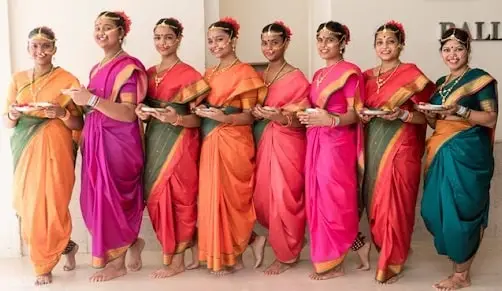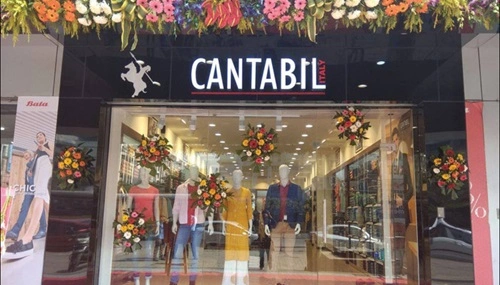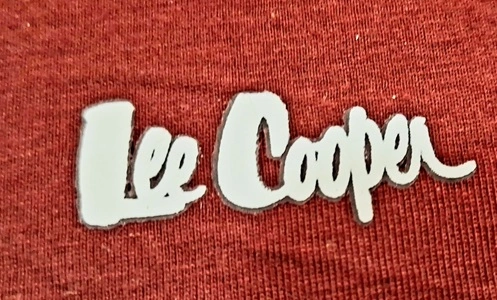If we talk about the coastline areas of India, Goa is the name that comes at the front. The place is not only a frequent part of visitation for the foreigners, but also a very important part of India where different kinds of culture mix and come up with a great heritage. The attires of Goa show the signs of this rich cultural heritage. This is the reason that apart from the native clothes like, dhoti kurta and sarees, great many other kinds of clothes are also seen there. Let us have a look at the details here.
Goa Traditional Dress for Men:
1. Dhoti-Kurta:
Stitched in the heart of men’s traditional attire in Goa is the eternal combination of dhoti and kurta. The dhoti, an unstitched piece of cloth draped in a way that wraps the waist, is worn with a kurta, long tunic worn over the upper body. Made in light fabrics like cotton or silk, these garments are cool in the tropical climate of Goa with an elegance and sophistication. The simplicity of the dhoti-kurta represents the casual approach to life and the cultural ethos of the people of Goa.
2. Feni:
An emblematic ornament that is seen to be a part of traditional men’s attire in Goa is the feni, which is a traditional Goan headgear. It is typically made of cotton or silk. The feni sets in the charm and glory of the outfit. It is often ornamented with colorful patterns and embroidery and reflects the skills of the local artisans. The feni protects the person from the sun and can also be considered an emblem of cultural identity and pride.
3. Footwear:
Completion of the traditional look for men in Goa is done with leather sandals known as chappals. These comfortable and durable footwares have been worn for centuries by Goans, representing the area’s coastal lifestyle and tropical climate. Chappals are locally made, so they not only serve the purpose but are also stylish, adding a rustic charm to traditional attire.
4. Handloom clothes:
There is renewed interest in the promotion of traditional handloom techniques in Goa, and this has led to the revival of indigenous weaving techniques. Organizations and state-level initiatives have been instrumental in helping local artisans and keeping age-old weaving traditions alive. This revival did not only serve the purpose of preserving cultural heritage but also providing livelihood opportunities to rural communities.
Goa Traditional Dress for Women:
1. Saree:

The saree is the queen of attire for women in Goa. Draped elegantly around the body, the saree captures grace, femininity, and tradition at the same time. In Goa, there are different styles and fabrics of sarees, from the traditional Kunbi saree worn by tribal people to the intricate Banarasi silk sarees favored by women of Portuguese origin. Every saree story reflects motifs based on nature, mythology, or local traditions.
2. Choli:
The choli is the fitted blouse that is the dress worn on the upper body with the saree. A choli adds a modern and stylish touch to the traditional attire. In fact, it features modern designs and embellishments in the form of embroidery, sequins, and mirrors. Women like to match the colors and patterns of their sarees with the cholis they wear. This creates a perfect and elegant ensemble.
3. Jewelry:
No traditional attire in Goa is made complete without adorning it with precious jewelry. From intricate gold necklaces to beaded bangles and earrings, Goan traditional jewelry reflects the cultural diversity and heritage of the region. Women often wear jewelry with semi-precious stones, pearls, and ornate filigree work. The adornments give an added glamour to the attire. Each and every piece of jewelry carries symbolic meaning, reflecting traditions, beliefs, and social status.
Conclusion:
Following the cultural festivals is a great way to find out the great variety of the traditional diversities in Goa. There are different events that take place throughout the year in Goa, specially in the winter seasons. You can find that in the festivals, people wear the traditional dresses and take part in the songs, dances and different kinds of rituals. The reflection of their cultural heritage is very much visible in their lifestyle also. The dresses here stand as testaments to the Goan culture.

